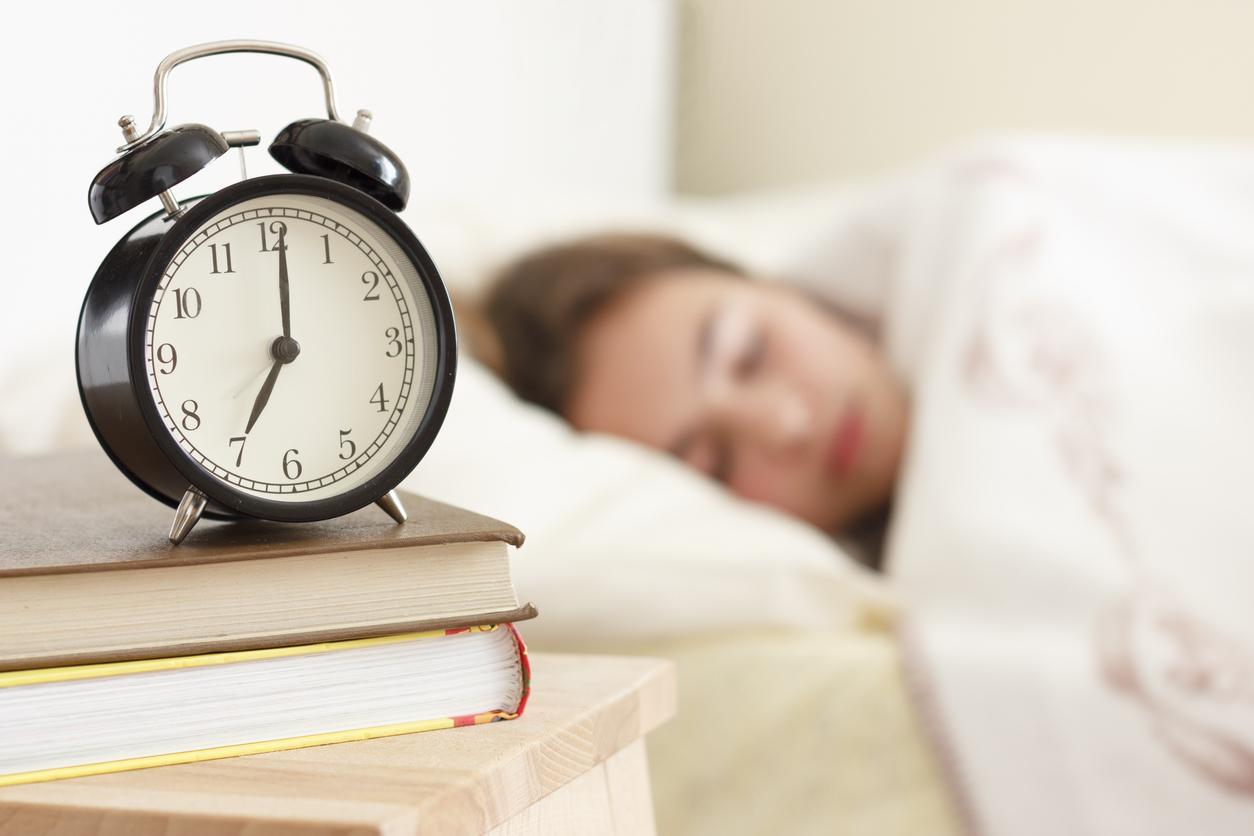What is Valerian?
There valerian (Valeriana officinalis L.) is a plant with small white or pink flowers whose root has been used for medicinal purposes since Antiquity. Its roots give off an unpleasant smell for humans, but very popular with cats. Hence its name catnip. We lend him many benefits for millennia. In ancient Greece, valerian was used to combat sleep disorders and anxiety. From where this nickname which is sometimes given to him of vegetable valium. The Romans also used it, especially to fight against cardiac arrhythmia problems. Over the centuries, its use has spread throughout the world to fight against epilepsy, anxiety, sleep disorders.
What are the benefits of valerian?
It is the roots of valerian that are highly prized in herbal medicine. Indeed, its roots are rich in valerenic acid, an important active ingredient. Valerenic acid intervenes at the level of certain receptors of our central nervous system, the GABA receptors. Its effects are calming, complementary to those of benzodiazepines, but without their side effects. It is therefore mainly used for:
- Decrease the mild sleep disturbances. Valerian is recommended for insomniacs who brood over their problem in the middle of the night and are emotionally tense. It calms the central nervous system, by stimulating its Gaba receptors, inhibitors of the nervous system. “Valerenic acid allows this stimulation, explains Franck Dubus, doctor of pharmacy. It also prevents the recapture of these neurotransmitters and limits their destruction. And the valepotriates it contains exert an anxiolytic, antidepressant and antispasmodic action.
- Combat anxiety disorders and gastrointestinal nervous origin. A person stressed by his work, tired, hyperemotive, insomniac presents a perfect profile for the valerian. “We will then use the plant at low doses, to make the most of its anxiolytic and antidepressant effect, without overwhelming the person, suggests the doctor in pharmacy. A joint intake of adaptogenic plants (ginseng, ashwagandha) will help him to revive his endocrine system and to recharge the adrenals.
- Relieve stress due to smoking cessation.
- There valerian also contains another active ingredient, bornyl isovalerate, known to act on muscle relaxation. “The anxiolytic and antispasmodic action of valerian also makes it effective on all muscular tensions of nervous origin, in particular those of the muscles of the neck or shoulders”adds Franck Dubus. There valerian is also very interesting in basic treatment, to prevent disorders of the spasmophilia linked to a general difficulty in controlling the nervous system. “To be taken when you feel the first signs of a spasmophilia crisis, advises our expert. In the form of a fluid extract of a fresh plant or a mother tincture, at low doses, three times a day, for a maximum of one month.
It is either used alone or in addition to other plants such as chamomile, passion flower, hawthorn or even hops.
Valerian is thus prescribed to fight against epilepsy and may be of interest in the context of multiple sclerosis.
How to use valerian?
Valerian can be used externally as well as internally to combat multiple ailments. It is a long-term treatment whose effects only appear after one to two weeks.
- Externally, valerian is an ally against nervous agitation and anxiety disorders. Done infuse for 10 min 100 g of dried valerian roots in 2 L of boiling water. Then mix this infusion with the bath water.
- Internally, you can consume it in infusion. To do this, infuse 3 g of dried valerian root in 150 ml of boiling water for 10 minutes. Drink an infusion 1 hour before bed to promote sleep, or 4 infusions a day to fight anxiety. It is also consumed in the form of mother tincture: 5 ml (or 40 drops) three times a day or before bedtime for sleep disorders. Or 3 ml 4 times a day against anxiety.
In the form ofroot extract, take it tablet or capsule of 400 mg 3 times a day.
Where can I find valerian?
It is found in organic stores, in the form of dry roots which must be made into a decoction (to be mixed with blackcurrant leaves, sweet mint to manage its bitter flavor). It is also sold in the form of a fluid extract of fresh plant, which makes it possible to keep the “totum” (all the active molecules) of the plant. As for the mother tincture, it can be bought in pharmacies.
What are the contraindications and risks of valerian?
Due to the sedative properties of valerian, it is necessary avoid giving them back if you have to drive or handle risky machines or vehicles. Similarly, it is recommended not to take valerian if you are pregnant or breastfeeding your child. Finally, it is not recommended to give valerian to children under 12 years old.
To note : valerian may be addictive after 6 months of continuous use.
thanks to Franck Dubus, doctor of pharmacy.
Read also: Cannabis, hemp or CBD: what’s the difference?Goji berry: what benefits, how to consume it?Dill (seeds): what benefits, what uses?Spirulina: origins, health benefits, how to use it?


















